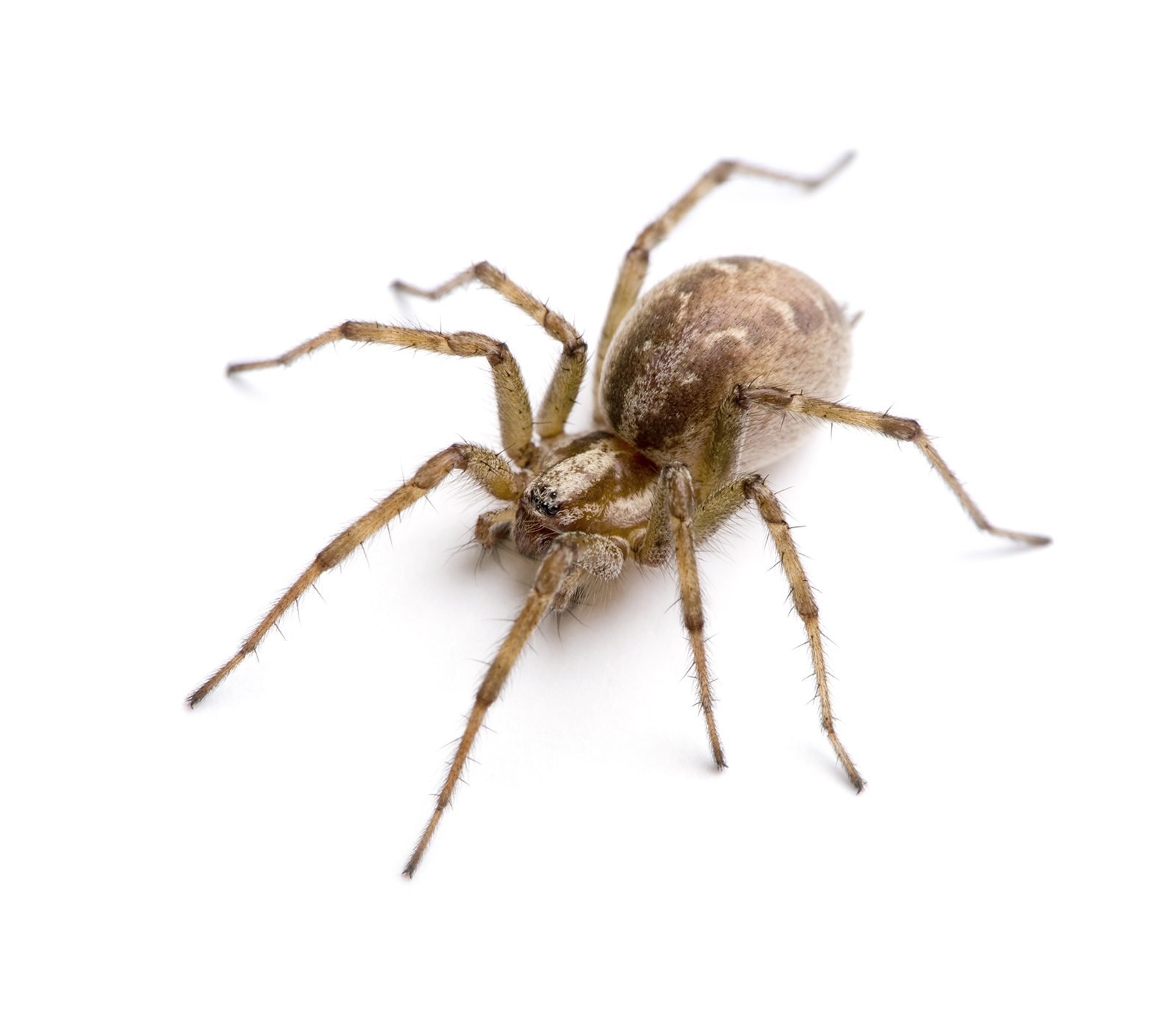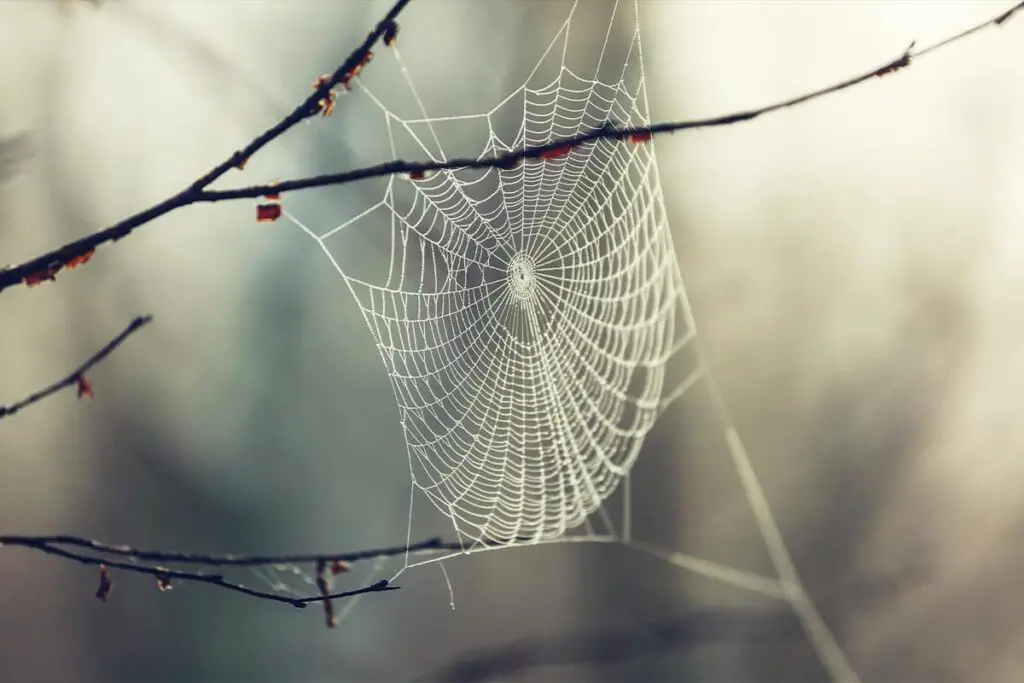
Spiders are fascinating creatures that play a crucial role in our ecosystems, and there are often easily noticeable differences between the male and female of a species that can be used to identify them. This article aims to explore the variations between male and female house spiders, focusing on their physical characteristics, behavior, and even their preferred habitats within the home.
The main difference between male and female house spiders is that males are generally smaller and have larger pedipalps used for mating, while females are larger and have a more robust abdomen for carrying eggs.
Understanding these distinctions is essential for both arachnid enthusiasts and homeowners alike. The ability to identify a spider’s gender can give insight into its potential mating habits, life cycles, and general behavior. Additionally, some people may experience discomfort or fear around spiders, so knowing the common physical features and behaviors of different genders can provide a sense of relief and help to reduce misconceptions about these creatures.
Physical Differences
Size and Color
There is a significant difference in size and color between male and female house spiders. Spider Identifications reports that female house spiders are usually larger, measuring around 0.51 to 0.74 inches (13 to 19 mm) in length, while males are smaller, measuring about 0.35 to 0.39 inches (9 to 10 mm). Females also display a darker coloration, with black, brown or charcoal grey bodies, whereas males are brown or amber in color.
Leg Span and Body Shape
Females typically have a wider leg span and a more robust body shape compared to males. Males, on the other hand, have a slimmer and more angular appearance. One notable physical difference that can help identify a male house spider is the presence of two thickened pedipalps at the front of the head, which look like “boxing gloves” according to SpiderSpotter. Female spiders also have pedipalps, but these are not as prominent as in males.
Another important distinction between male and female house spiders lies in their eyes. House spiders generally have eight eyes which are all grouped together. However, the arrangement and appearance of these eyes may differ between the sexes. Noticing these subtle differences in body size, color, leg span, and other physical characteristics can help in distinguishing male from female house spiders.

Behavioral Differences
Aggressiveness and Territorialism
Male and female house spiders display different levels of aggressiveness and territorialism. Male spiders often require more room to roam and are more likely to wander in search of a mate, whereas female spiders tend to be more stationary and remain in one place, content to let their mate come to them.
House spiders often exhibit territorial behavior, particularly when establishing a web or a nesting site. However, the degree of territorialism might vary between the sexes, with females being more defensive of their established territory than males.
Mating Rituals
Mating rituals also show significant differences between male and female house spiders. It is important for male spiders to approach females cautiously, as the females may exhibit aggressive behavior.
To woo a female, male spiders use pheromones and perform intricate courtship displays, such as vibrating their pedipalps or creating visual displays with their legs. Some spider species, like the male wolf spider, can be identified by their swollen pedipalps, used to transfer sperm to the female’s abdomen.
In many species, the mating ritual may also include the male offering a gift, such as a captured insect, to the female. This behavior not only demonstrates the male’s ability to provide but also serves as a distraction to mitigate potential aggression from the female. After mating, male house spiders often leave the female’s territory to continue searching for other mates.
Lifespan and Reproduction
Maturity and Life Cycle
The term “house spider” encompasses a wide range of arachnids with different lifespans depending on their species. For instance, a southern black widow spider may live between 1 and 3 years, while a barn funnel weaver spider may live up to 7 years. On the other hand, wolf spiders typically live for a year or less (Sciencing).

Common male and female house spiders (Parasteatoda tepidariorum) will often share the same web. Mating can take place at any time of year, and after mating, the male will often die. (Sciencing, Animal Diversity Web). This doesn’t seem to bother the female too much.
Egg Laying and Egg Care
Female common house spiders deposit up to 250 eggs in a sac of silk, which is usually brown and flask-like in shape. During their lifetime, females can produce as many as 17 sacs, laying over 4,000 eggs in total (Orkin).
When it’s time to breed, the female lays her eggs in a brownish, pear-shaped cocoon, measuring 6 to 9 mm in diameter. She may create several cocoons in one season, which hang in the web until they are ready to hatch. A single cocoon can produce between 150 and 200 eggs.
Habitat and Distribution
Preferred Living Spaces
House spiders are (unsurprisingly) commonly found in human dwellings, where they construct their webs in corners, behind furniture, and in other out of the way areas. Although many house spiders weave webs, many species will also wander in search of prey or a mate, such as male European house spiders (Treehugger). They will tend to prefer dark, undisturbed spaces for web-building and are more active during the night.
Geographical Range
House spiders have a widespread or cosmopolitan distribution, meaning they can be found across most parts of the globe (animals.net). While some species may have specific preferred environments, the majority are versatile and can adapt to a wide range of habitats. In general, house spiders are found more frequently in areas with a higher human population density, as these locations provide ample opportunities for them to find shelter and food.
Spider Encounter Tips
Identifying Male vs Female
To identify the gender of a spider look for specific markers. In female spiders, the epigyne is located on the underside of the abdomen. Males, on the other hand, have two thickened pedipalps at the front of their head, resembling “boxing gloves” and are usually easy to spot.
Size can also be an indicator as female spiders are generally larger than males. For example, in garden spiders, females can range from 0.75 to 1.1 inches, while males are much smaller, ranging between 0.2 and 0.35 inches (Mike Powell).
SpiderSpotter has a fantastic visual example of what you should look for.
Safety Precautions
Although most house spiders are harmless, it is essential to take safety precautions during encounters. Here are some tips to keep in mind:
- Avoid handling spiders directly as they may bite if they feel threatened.
- Be cautious when reaching for hidden or dark areas where spiders might reside.
- Wear gloves when cleaning or organizing storage areas, garages, or sheds to protect yourself from accidental bites.
- Learn about the spider species commonly found in your area and familiarize yourself with any venomous species and their appearance. Better safe than sorry!
Remember that spiders are a crucial part of the ecosystem, often preying on pests such as mosquitoes and flies. Wherever possible please consider safely capturing and releasing spiders outdoors instead of killing them.
Conclusion
Male and female house spiders exhibit various differences in terms of size, body structure, and behavior. Male house spiders are typically smaller and more agile, while female house spiders are larger and more robust (Natural History Museum).
Understanding these distinctions between male and female house spiders can help with species identification and inform our knowledge of their ecological roles and evolutionary adaptations. This knowledge can also aid in the management of household pests and contribute to our overall understanding of arachnid biodiversity.
Driven by a passion for those tiny creatures that rule our world, we at Bug Domain strive to be your go-to resource for information on insects.



